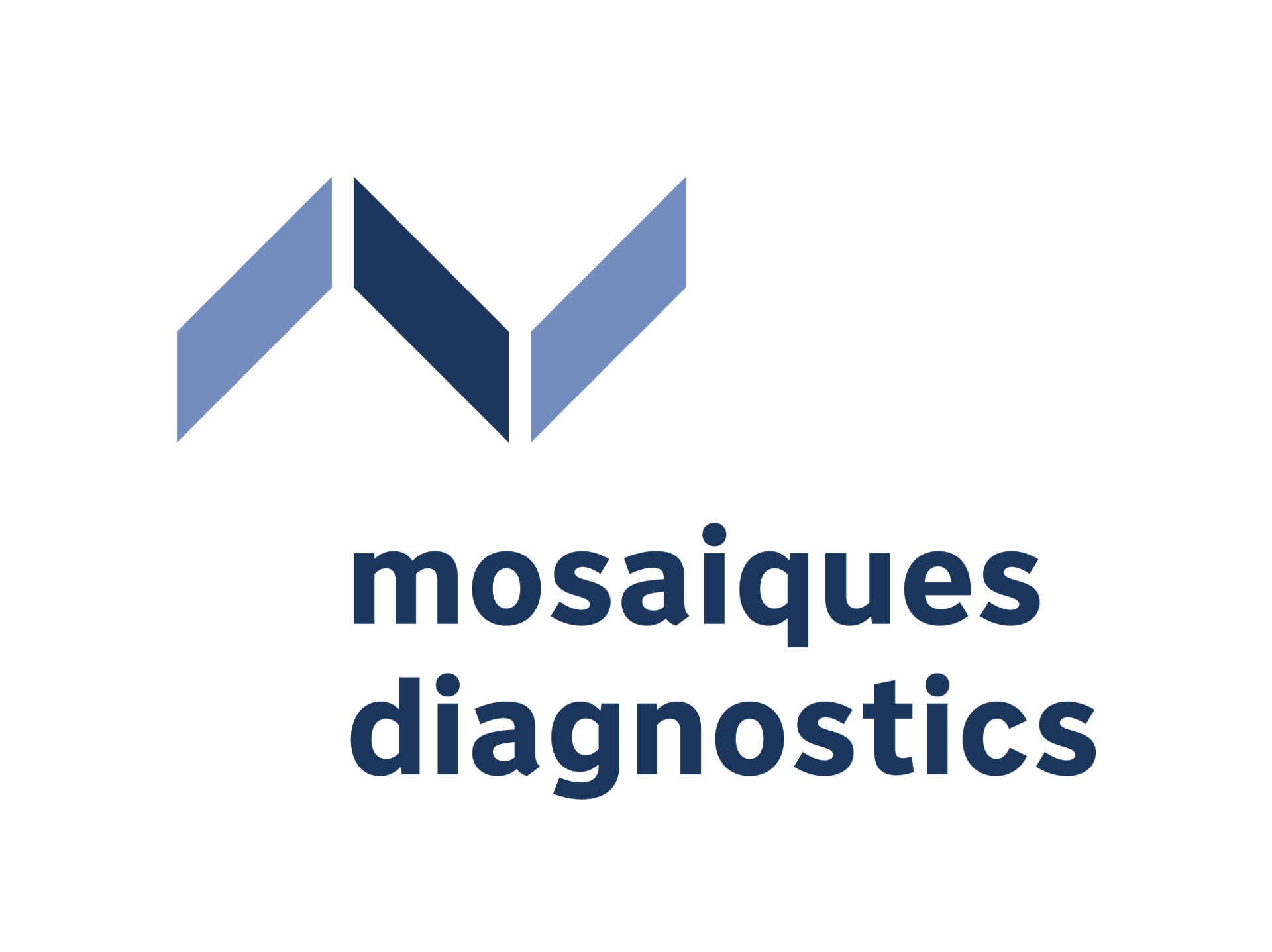The Global Burden of Diseases, Injuries, and Risk Factors Study 2019 called for innovation in addressing age-related disabilities. Our study aimed to identify and validate a urinary peptidomic profile (UPP) differentiating healthy from unhealthy ageing in the general population, to test the UPP predictor in independent patient cohorts, and to search for targetable molecular pathways underlying age-related chronic diseases.
In this prospective population study, we used data from participants in the Flemish Study on Environment, Genes and Health Outcomes (FLEMENGHO), done in northern Belgium from 1985 to 2019, and invited participants to a follow-up examination in 2005-10. Participants were eligible if their address was within 15 km of the examination centre and if they had not withdrawn consent in any of the previous examination cycles (1985-2004). All participants (2005-10) were also invited to an additional follow-up examination in 2009-13. Participants who took part in both the 2005-10 follow-up examination and in the additional 2009-13 follow-up visit constituted the derivation dataset, which included their 2005-10 data, and the time-shifted internal validation dataset, which included their 2009-13 data. The remaining participants who only had 2005-10 data constituted the synchronous internal validation dataset. Participants were excluded from analyses if they were incapacitated, had not undergone UPP, or had either missing or outlying (three SDs greater than the mean of all consenting participants) values of body-mass index, plasma glucose, or serum creatinine. The UPP was assessed by capillary electrophoresis coupled with mass spectrometry. The multidimensional UPP signature reflecting ageing was generated from the derivation dataset and validated in the time-shifted internal validation dataset and the synchronous validation dataset. It was further validated in patients with diabetes, COVID-19, or chronic kidney disease (CKD). In FLEMENGHO, the mortality endpoints were all-cause, cardiovascular, and non-cardiovascular mortality; other endpoints were fatal or non-fatal cancer and musculoskeletal disorders. Molecular pathway exploration was done using the Reactome and Kyoto Encyclopedia of Genes and Genomes databases.
The UPP signature indicative of ageing reflects fibrosis and extracellular matrix remodelling and was associated with risk factors and adverse health outcomes in the population and with accelerated ageing in patients. Innovation in addressing disability should shift focus from the ontology of diseases to shared disease mechanisms, in particular ageing-related fibrotic degeneration.
LINK: https://www.thelancet.com/journals/lanhl/article/PIIS2666-7568(21)00226-9/fulltext
